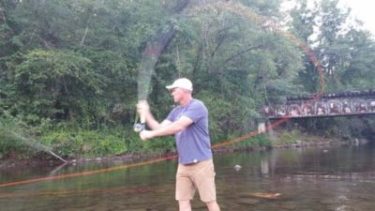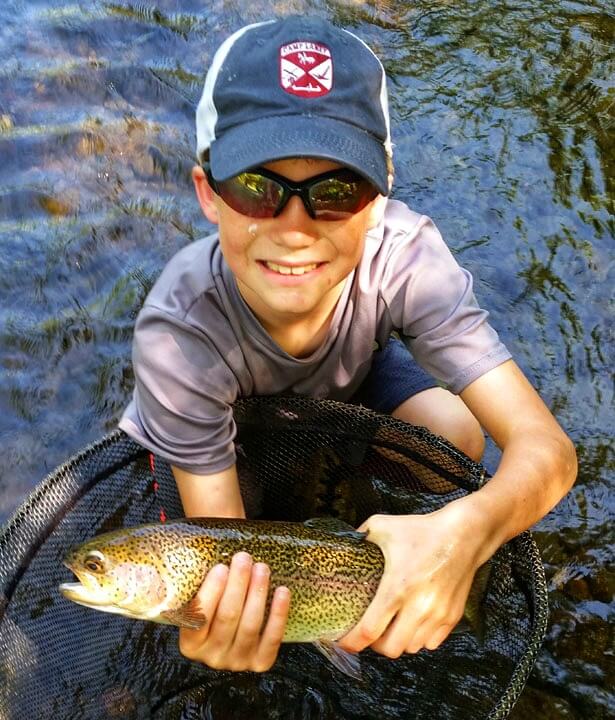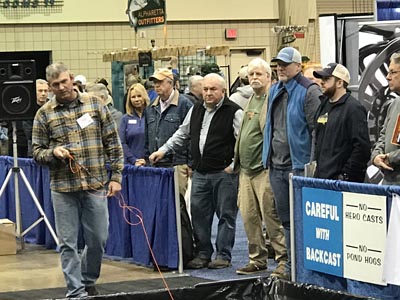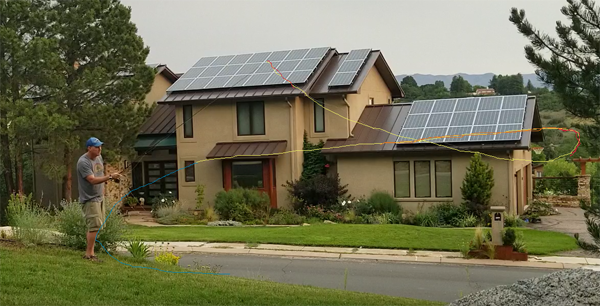Loading Move with Pulling the Rod Butt Straight Versus Forced Turnover? Many will attempt to perform the static roll cast with more of a pushing stroke and rotate everything right at the end of the stroke (\\\\\\\\\|/). This is commonplace today for many fly casters to hit the cast at the end of the stroke….
Category: Fly Casting
Fly Casting

Fly casting archives for learning to improve your casting from the top outfitter and guide in Bryson, NC since 1987! Mac Brown is a Master Casting Instructor through Fly Fishers International. He currently is the only Master in the state of North Carolina.
Learning the basic foundation blocks of fly casting will provide you a strong foundation. If you are a self-taught fly fisher then a casting lesson will enhance your casting journey.
Learn to pilot the rod for the desired layout you intend while fishing fits together nicely once you know what to actually practice.
Casting is not a difficult thing to perfect once you iron out the goal of your journey. Learning to cast better will enhance your accuracy, distance, slack line casts, curve casts, and many others used in actual fishing.
Check out the NCWRC survey of the Upper Nantahala River and I can assure you that the top 2% of the study are very adept at controlling the fly line during the cast. We love our job teaching and sharing with others the sport of fly fishing.

Learn Curve Casts
Learn Curve Casts There are many different methods for learning to use curves for presentational casts. They also have a specific intent for matching the water current to either drift with no drag or actively reposition the fly. Learn curve casts to enable you to raise and lower your flies for fishing rivers and streams…

Understanding Loop Plane
Understanding Loop Plane Understanding loop plane in fly casting has been avoided for the most part since the inception of the sport. Tradition has brought this ideology that the rod plane used always matches the loop plane. As an example when casting using a perfect vertical rod plane, the loop plane must be directly above the rod tip. Or…

